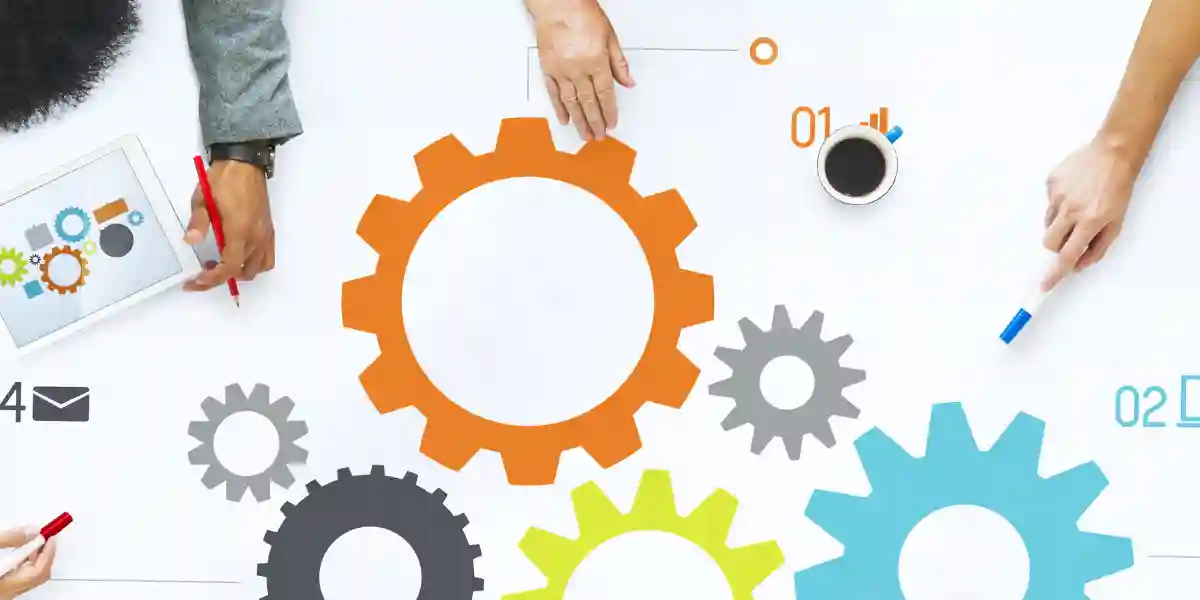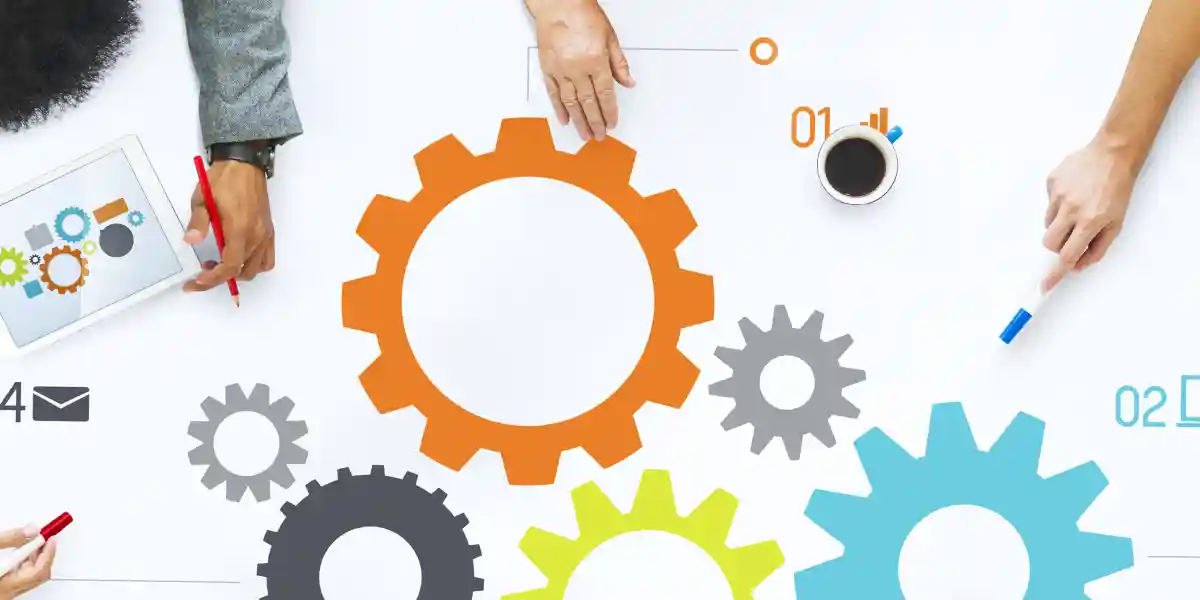by Mark Busine
I was in a conversation with a colleague discussing a plan for a series of structured planning meetings. In my view these were valuable and necessary meetings, and putting together both a plan and structure around them was important.
My colleague saw things differently. She didn’t see the need for the discussion and felt quite comfortable taking a much more flexible and informal approach.
It seems silly now, but the discussion got heated. I was struggling to see her perspective on the issue and, likewise, she was struggling to see the issue from my perspective.
Underpinning the conflict was a core difference in approach. I am reasonably high on prudence and like things to be quite planned and organized. She is not. She prefers a more flexible approach and finds structure tedious and, at times, unnecessary. Neither of us was wrong. We just saw the issue and solution differently.
I consider myself a pretty tolerant person. I have spent time working in different cultures, I have worked in and managed teams that cross all generational divides, and I like to think I understand the inherent value of diversity and the benefits of the team mosaic. If I embrace the concept of difference I should thrive in moments like the one described above. But, confronted by the reality of this difference, we both struggled and, in the end, left the discussion frustrated and a little annoyed.
So what can we learn about diversity and inclusiveness in the workplace from this simple situation?
I have come to the view that we embrace the concept of diversity until confronted by the reality of it. I have worked with thousands of leaders over the years, and I believe most (maybe not all) think that diversity is a good thing.
However, when confronted by those moments of difference, big or small, we react in ways that don’t always match our intent.
Most of us don’t like difference even though we know and accept it is a good thing. This is not because we are evil people. It stems from our tendency to view the world and others through the lens of ourselves.
I recall a conversation with an HR director in a large organization. When he asked his executive team to identify their successors, it became apparent that most had simply identified individuals with similar characteristics, views, and qualities to themselves. Not surprisingly, the predominantly white, Anglo, male executive team identified white, Anglo, male successors. In essence, they had identified and selected individuals in their own likeness.
Valuing differences is the right thing to do from a human perspective and a business perspective. When we value each person’s contributions, we multiply the number and variety of ideas, talents, and perspectives that can be applied to any task. This helps ensure more effective results, whether we’re solving a problem, making a decision, or completing an important task.
Furthermore, in an increasingly global marketplace our ability to understand and leverage difference is fundamental to our success. Whether we’re talking about hiring and promotion practices, or simply how we treat people, discriminatory practices and exclusiveness prevent us from building high-quality, cohesive professional organizations that truly represent our communities.
So if we accept that most people understand the social and business case for diversity in the workplace, what can we do to ensure people follow through on it in those key moments of difference? Here are a few ideas:
Understand differences by first understanding ourselves. If we understand our own preferences and tendencies then we are better prepared to confront the tendencies and, ultimately, the biases that will underpin our own behaviors and actions.
Seek to understand differences as they relate to our own preferences and tendencies. As an example, if I am aware of my own tendency for prudence then I can prepare for my reaction to those who bring lower levels of prudence. I won’t always have access to someone’s personality profile, but knowing myself allows me to recognize those moments when someone else’s actions and responses may be different from mine.
Experience diversity in settings that allow people to confront their own reactions and responses to difference. A couple of years ago I ran a session with a large group of managers. We broke the group into teams based on a couple of common personality traits and assigned them the task of building a predetermined object. Working in their own teams they displayed all the characteristics of their personality patterns and generally worked well together.
Then we combined teams with quite different personality traits. The result was explosive. Confronted by the task and time pressure the combined teams did not work well together. In fact, a number of participants felt quite angry and alienated. Despite spending a couple of hours prior to this activity talking through typical personality traits and the value and importance of difference, when confronted by the reality of different styles and approaches most teams and individuals resorted to default behaviors.
In the end, the opportunity to experience and ultimately debrief on the impact of these differences was profound.
Be particularly mindful of derailing tendencies that block openness and receptivity to difference. At one time these characteristics might have been our strengths; however, as we advance to more senior or substantially different positions they can become our weaknesses. Some examples might include:
- Individuals who are shrewd, wary, politically astute, have strong backbones, and are strong negotiators might be described, at higher levels, as argumentative or skeptical, tense, perhaps paranoid or suspicious, focused on protecting their own interests, and likely to resist coaching and feedback (perhaps because they are easily hurt by criticism).
- Individuals who are self-assured or confident might be seen, at higher levels, to be overly self-assured or confident and self-promoting. They might overestimate their own abilities, seem self-absorbed or inconsiderate, or be perceived as too independent (not needing or valuing others).
- Individuals who are often described as creative might be perceived, at higher levels, as being too focused on ideas. They might embrace new ideas quickly but forget to gain the buy-in of others who may not immediately embrace the change.
- Individuals who are detail-oriented, hardworking, well-organized, quality-oriented, and reliable can be perceived, at higher levels, as being micromanagers or perfectionists. They are seen as controlling and demanding of others. Their results orientation and cautiousness might render them controlling and overly involved in subordinates’ activities.
Manage individually. In recent times there has been a lot of focus on understanding generational differences, cultural differences, and gender differences. While these are useful, the time has come to focus on Gen I (Individual). Leaders of the future will not be able to take a cookie-cutter approach to managing people. A leadership style that motivates and inspires one individual may plunge another into poor performance. The answer lies in adaptive leadership. Leaders of the future must learn to adapt their style and approach to suit individual needs.
Understanding difference is important, but the real value lies in our ability to leverage differences. This is the ultimate value of differences—utilizing people’s diverse styles, abilities, and motivations to maximize individual contributions and achieve superior results.
We can tap the unique differences that each person brings to the workplace by:
- Involving people with diverse perspectives, backgrounds, and expertise in solving problems and making decisions.
- Supporting approaches to situations, tasks, and assignments that are different from our own.
- Matching tasks to people’s unique styles, abilities, and motivations so they can contribute their strengths.
Don’t assume this will be easy or that the decision to be more inclusive will immediately lead to changes in behavior. People need to play out in their minds the first time they are having a conversation with someone who presents a different view, or the first time they are under pressure and someone hands them a piece of work that is different from what they expected.
I also encourage you to check out DDI's eBook, Unleash Hidden Potential: Build Your Competitive Edge Through Diversity and Inclusion.
In the end we will all be judged on our behavior—our words and actions—not our view on diversity and inclusiveness. Embracing and valuing diversity and difference requires conscious and deliberate action that will probably be a lifelong endeavor.
This piece was adapted from a blog that was first published in 2015.
Learn how DDI can help you Build a Diverse Workforce and Create an Inclusive Workplace.
DDI is excited to be rolling out new courses and solutions to help organizations leverage diversity and inclusion for better business results. To learn more and stay up to date on our offerings and courses related to diversity and inclusiveness, complete the form below to add your name to our list and we’ll keep you posted on what’s new!
Mark Busine is General Manager, Go To Market. Passionate and curious about the field of leadership, Mark is always looking for creative ways to solve client problems. This creative orientation extends outside work where he dabbles in the fine art of song writing convinced that a worldwide number one hit is just around the corner.
Topics covered in this blog

